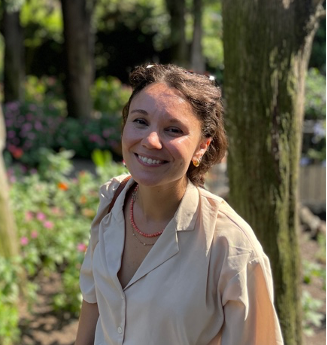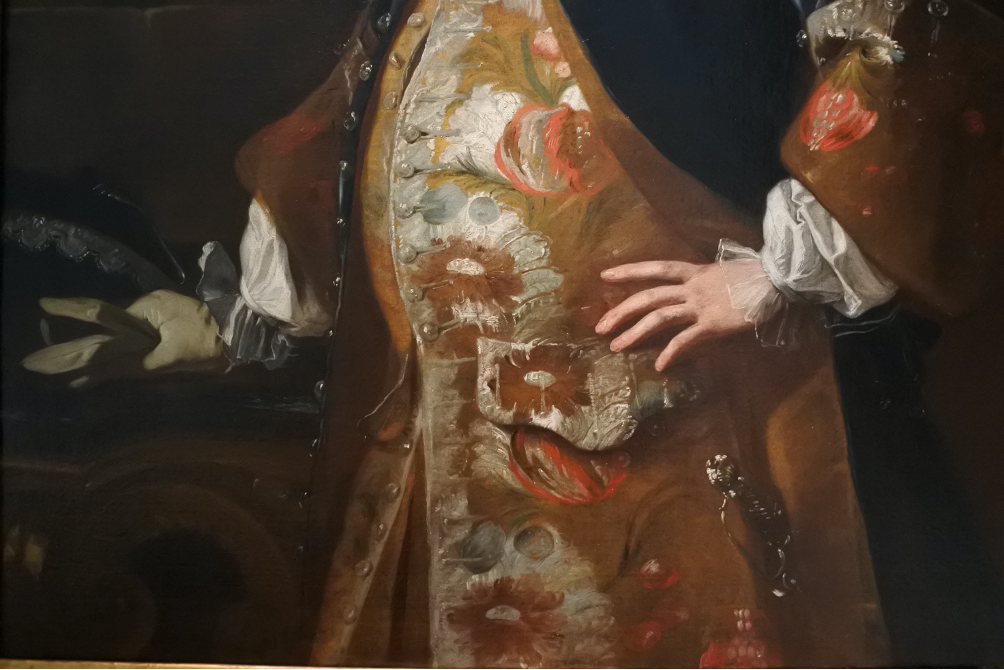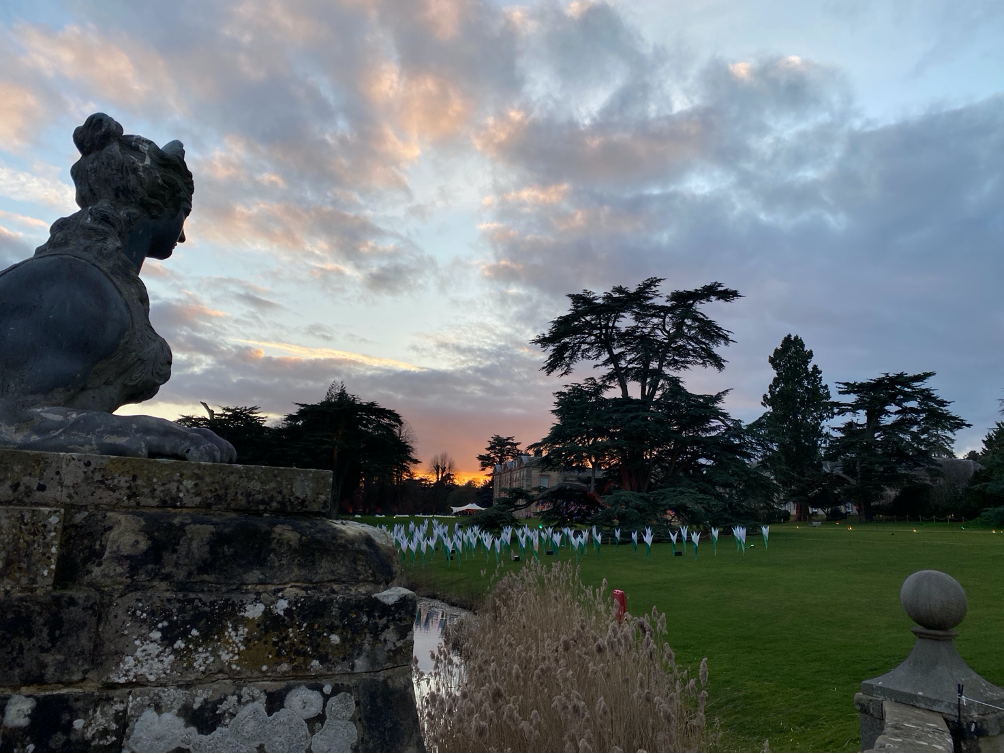The fortunes of Baroque Neapolitan art in English collections and country houses during the Grand Tour (1680–1820)
Alessia Attanasio is an Italian art historian and full-time PhD researcher at the University of Birmingham, awarded by the Midlands4Cities Doctoral Training Partnership (M4C). Her research project focuses on Baroque Neapolitan art that was collected in England during the Grand Tour (1680s–1820s), with a particular interest in country houses, the history of collecting, and museum studies. Alessia’s interest in museums is supported by eight years of experience working in museums as an assistant curator and museum educator, including Capodimonte Museum and the Royal Collection Trust. Most recently, Alessia has been undertaking research into Baroque artworks in the Neapolitan Collection of Compton Verney, contributing to the curation of its permanent redisplay, Sensing Naples.
Connect with Alessia on LinkedIn, and find out more about her research through her staff or M4C profile.
It was 2018 when I first moved to Birmingham. Thanks to a scholarship from the University of Florence, I started working as a front of house at Birmingham Museum and Art Gallery, far from the prospect of a PhD, let alone undertaking one in England. Yet one day, while visiting the Barber Institute of Fine Art, I came across three unexpected paintings from my home city, Naples, and began to wonder how they ended up in that collection. I started to pay more attention whenever I visited a gallery, searching for more Neapolitan art to identify and discover. To my surprise, I could not find publications or catalogues specifically focused on Neapolitan art in the UK, nor an up-to-date database. After three years, this interest turned into a project and, also thanks to some friends, I realised that a PhD might not be so impossible after all.
Mattia Preti (1613–1699), The Martyrdom of Saint Peter, late 1650s, oil on canvas, Barber Institute of Fine Art, Birmingham, detail
Not without difficulties, I started my research at the Department of Art History, Curating and Visual Studies at the University of Birmingham. Birmingham again; and my “hunting” began.
I dedicated half of my first year to building a database, identifying any Neapolitan painting today in public and historical private English collections, searching for their provenance and acquisition details. An important distinction emerged between artworks collected by English wealthy patrons and aristocrats during their Grand Tour to Italy and those acquired later, mainly from auction houses. Their history is often lost due to changes in ownership, especially when artworks were sold, transferred from one family to another, or exported from Italy to foreign countries.
And this is where country houses come into the scene. In many estates throughout England, artworks commissioned and collected from the seventeenth century onwards in the Kingdom of Naples can still be found, sometimes hanging on the same wall for centuries, often covered in dust. From time to time, a lucky find would emerge; a painting still under the patronage of the same family, whose pupil took them back home as a proof of their Grand Tour to Italy – leaving a wealth of information about the life and history of the artwork.
Among these country houses, it is impossible to neglect Burghley House in Lincolnshire, built by one of the most prolific British art collectors of his time, John Cecil. Cecil travelled to Italy between 1680 and 1685 collecting more than four hundred paintings. Of these, eight were by the Neapolitan still-life artist Giuseppe Recco (1634–1695) – two of which are still part of Burghley House’s collection. Holkham Hall, on the Norfolk coast, is a precious testimony of the collecting choices of Thomas Coke (1697–1759). Documented in Italy between 1712 and 1718, he personally commissioned two canvases by Francesco Solimena (1657–1747) and bought other Neapolitan paintings which remain today in the historical collection of Holkham Hall. Likewise, at Chatsworth House in Derbyshire, we can still admire two paintings by Francesco Solimena which, since 1728, have remained in the impressive art collection of William Cavendish, 2nd Duke of Devonshire (1673–1729).
Francesco Solimena (1657–1747), Portrait of a Neapolitan Aristocrat, 1734–1735, oil on canvas, Compton Verney, detail
These are only some examples of the historical collections still preserved in England. Different instead is the case of country houses like Compton Verney. This historic estate, with its Neoclassical architecture and 120 acres of landscaped grounds, fired the imagination of Sir Peter Moores, who saw the manor as the ideal space to display his unique art collection. And, it is in Compton Verney where my project found its way into one of the most prominent Neapolitan collections in England. I have been involved in new research for the redisplay of this rich collection – Sensing Naples (starting from 1st April 2023). Through art, fragrances, music, and other sensations, modern visitors will be transported to eighteenth-century Naples, which has captivated and charmed British Grand Tourists for centuries. This redisplay will show how Neapolitan art in England, often unexamined in light of new discoveries, deserves to be reimagined and can still offer alternative interpretations.
Compton Verney, view of the manor from the park, March 2023
While I still spend my research visiting country houses up and down the country, I will now explore the relationships between these estates, the British Empire, and colonialism, along with the changing fashion for Neapolitan art, and the role played by women as Grand Tourist collectors in influencing the movement of artworks from Vesuvius to the Thames. My research has just begun!



